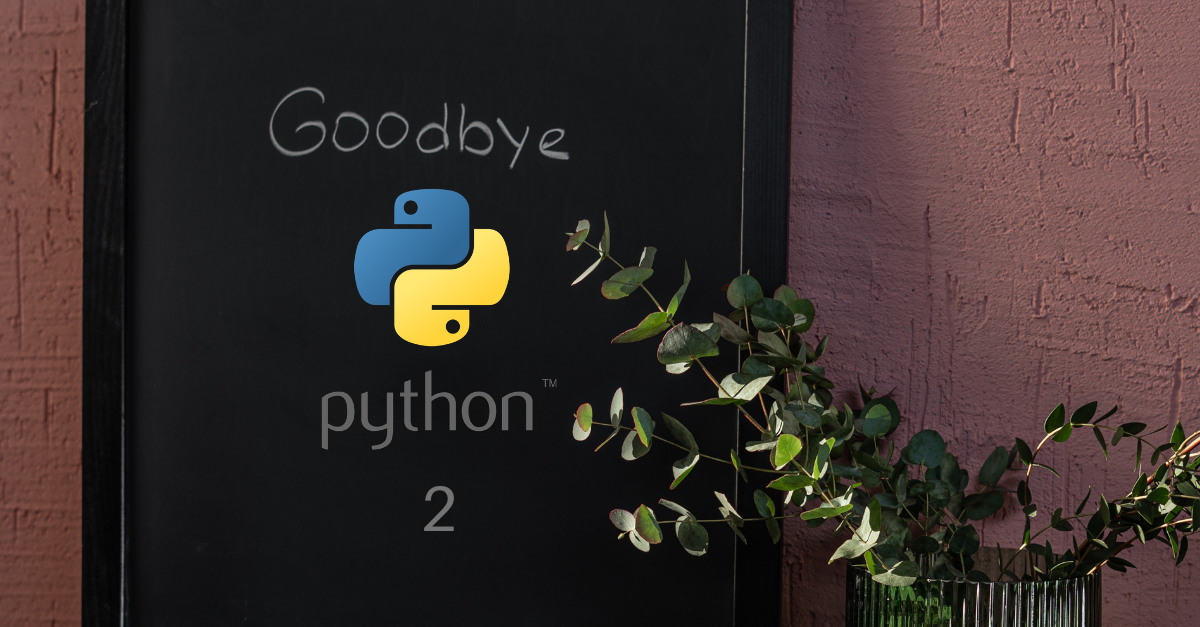
- #Ubuntu 16 uninstall python 3 install python 2.7 how to#
- #Ubuntu 16 uninstall python 3 install python 2.7 install#
- #Ubuntu 16 uninstall python 3 install python 2.7 update#
- #Ubuntu 16 uninstall python 3 install python 2.7 driver#
- #Ubuntu 16 uninstall python 3 install python 2.7 upgrade#
The second key point to investigate is the Python binary itself: python2 and python3.
#Ubuntu 16 uninstall python 3 install python 2.7 install#
We want to avoid using the system Python install so if you see /usr/bin instead of /usr/local/bin then it’s most likely due to an error updating your ~/.bash_profile (make sure you go back and ensure the file has been updated properly this could require manually opening and editing the file). If your root path instead reads /usr/bin then you are utilizing the system Python install. The first is that you want to ensure the root path for both Python binaries are in /usr/local/bin - this is where Homebrew stores the Python binaries. There are two key points you need to pay attention to here. You can verify that Python 2.7 and Python 3 have been successfully installed by using which : $ which python2 We’ll then install cmake (a utility used for building, testing, and packaging software) along with Python 2.7 and Python 3: $ brew install cmake You then need to source the ~/.bash_profile file to reload the changes: $ source ~/.bash_profile $ echo "export PATH=/usr/local/bin:$PATH" > ~/.bash_profile

or simply using echo and redirection: $ echo -e "\n# Homebrew" > ~/.bash_profile This can be accomplished by manually editing the file using an editor such as nano, vi, etc.
#Ubuntu 16 uninstall python 3 install python 2.7 update#
Once Homebrew is installed you need to update your PATH to look for Homebrew binaries, packages, and libraries. Note: Make sure you use the “” button in the code block above to expand section - this will ensure you copy and paste the entire Homebrew install command. If not, please take the time to open the App Store and install XCode.įrom there, you’ll need to install Homebrew, a package manager for macOS, similar to Debian/Ubuntu’s apt-get : $ ruby -e "$(curl -fsSL )" I’ll assume you already have XCode installed on your macOS machine.
#Ubuntu 16 uninstall python 3 install python 2.7 driver#
Once you have installed dlib on your respective operating system we’ll validate the install by using Python, dlib, and OpenCV ( provided you have OpenCV installed as well), to detect facial landmarks.įrom there, I have provided additional tutorials and guides to help apply dlib to computer vision and machine learning projects, including detecting and counting blinks and building a system to recognize when the driver of a vehicle is becoming drowsy/tired (and alerting them to wake up).

Please feel free to skip to the section that corresponds to your operating system.
#Ubuntu 16 uninstall python 3 install python 2.7 how to#
In this guide you’ll learn how to install dlib on macOS, Ubuntu, and Raspbian. Primary version, you would execute make install in your 3.8 build directoryįinally, the other answers are ok to do exactly what you asked, if you still want to.Looking for the source code to this post? Jump Right To The Downloads Section Install dlib (the easy, complete guide) Install all other versions using make altinstall.įor example, if you want to install Python 2.7, 3.6, and 3.8 with 3.8 being the Version (if any) is your "primary" version. Intend to install multiple versions using the same prefix you must decide which All files andĭirectories installed using make altinstall contain the major and minor Overwritten by the installation of a different version. Script) you must take care that your primary python executable is not

Using the same installation prefix ( -prefix argument to the configure On Unix and Mac systems if you intend to install multiple versions of Python Quoting the README on the "Installing multiple versions" section: There is a parameter for virtualenv to apply a specific (older) version if you want. This way all the installed versions are available with different names (the same for pip) and then you create each of your virtual environments with the wanted version. That said, if you want to keep cutting edge with Python versions, make an install from source, and then install it in the system with the altinstall parameter (see the README.rst of the Python distribution.
#Ubuntu 16 uninstall python 3 install python 2.7 upgrade#
You won't break one because of an upgrade of another. This means each environment can have its own python version, and, besides the standard python lib for that version, any other third-party python lib you would like to install with pip for that project. This allows you to setup specific python environments for each project you write. I also suggest that you learn (if you haven't already, but I suppose you did not because of the question) about using a python virtual environment, like virtualenv.

Other parts of the system may depend on it and there is no way to know if an upgrade can break something, even if it should not. I suggest you do not touch your default OS python instalation.


 0 kommentar(er)
0 kommentar(er)
